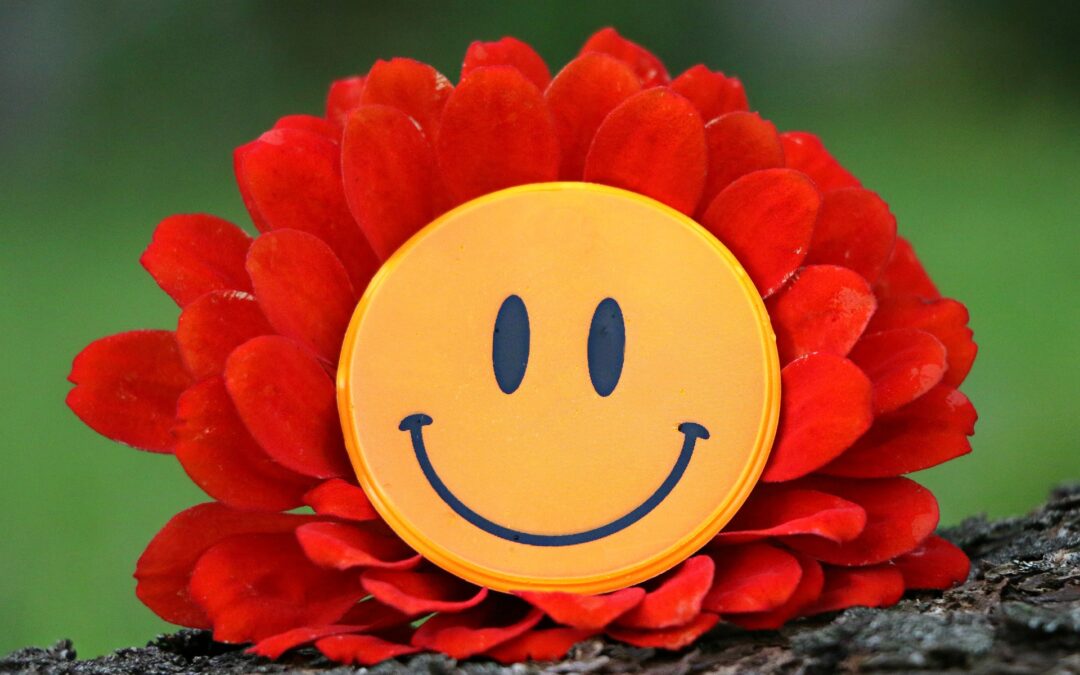Laughter is a universal yet culturally tinged experience. It has the ability to bring people together. It creates physical, emotional, and social transformations. Have you ever wondered how other cultures communicated humor? Let’s look at how laughter and humor are expressed in five different languages.
Laughter in Persian
In Persian, laughter is expressed as either هاهاهاها (ha ha ha ha), خخخخخ (khkhkhkhkh), or ههههه (hahahahaha).
Mulla Nasruddin Khodja is a significant character in Persian popular culture. He was a philosopher and a wise man. He conveyed his wisdom through clever jokes and funny anecdotes. Khodja was born in the Seljuk Sultanate of Rum in the 13th century.
French
In French, the initials ‘mdr’ for mort de rire (dying of laughter) is used to express laughter. It is the English equivalent of LOL, and are frequently used to signify laughter.
Gaston was a gag-a-day comic strip created by André Franquin. It was originally published in 1957 in the comic strip Spirou. Gaston Lagaffe (Gaston “the blunder”) is a slacker and accident-prone office junior. Gaston works in Spirou’s office in Brussels and is the focus of the series. It is well-liked not only for its brilliantly placed comedy, but also for its upbeat attitude about everyday life.
Spanish
In Spanish, the word for laughter is jajajaja (hahahaha).
Cervantes’ Don Quixote, a mock epic in Spanish. It satirizes early modern obsessions with noble knights, foolish journeys, and chivalric attitudes. Therefore, it perfectly captures the Spanish sense of humor. It is regarded one of the founding works of western literature, having been published in two parts in 1605 and 1615.
Armenian
Laughter is written in Armenian as a հա հա հա (ha ha ha).
Armenians have utilized humor as a method of resistance and empowerment in recent years. One example is the well-known Radio Yerevan jokes. These jokes, which were popular in the twentieth century, used a question-and-answer structure, similar to that of popular Armenian radio shows.
Laughter in Arabic
In Arabic, laughter is transcribed as هع هع هع (ha’ ha’ ha’), ههههه (hhhhh or hahahaha), or even هاهاها (hā hā hā).
Arabic-speaking countries have a popular figure who seamlessly combines humor and wisdom. This character, sometimes known as Juha, Djoha, or Goha, first appeared in Al-9th-century Jahiz’s book “Saying on Mules” (القول في البغال). However, Juha’s personality became entwined with that of Mulla Nasruddin Khodja over the ages. Juha appears in thousands of stories. He is always clever, intelligent at times, and gently ludicrous at others – a butt of his own jokes.
With Nasma Of NY, explore comedy and joy in multiple languages! Sign up for sessions here, or take a group conversation session to share the laughter (it’s contagious!).

